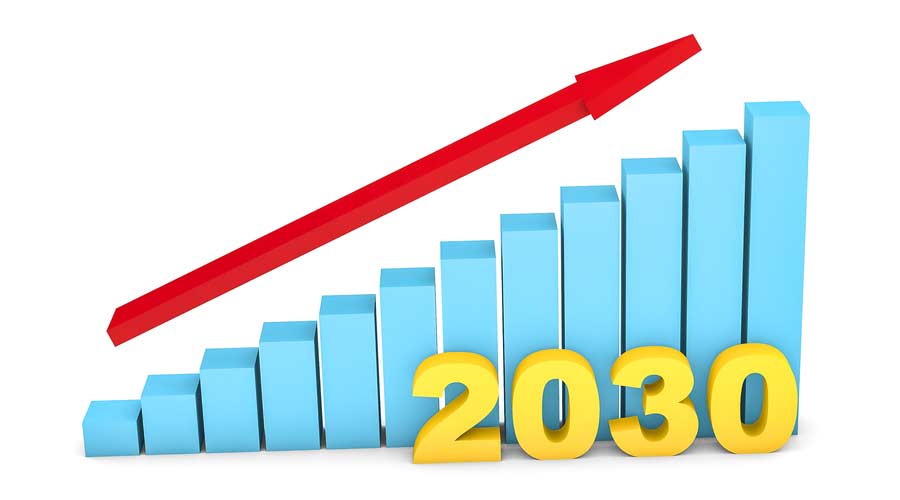
Over the past few years, average working hours per-employee in the industrial and corporate sectors have been rising as a result of skilled dedication to achieving targeted goals. Sit-stand desks are gaining popularity in developed countries such as the U.S., Germany, France and the U.K., which is increasing the demand for anti-fatigue mats.
The number of commercial settings is increasing owing to changing geographies of start-ups. Demand for anti-fatigue mats from the commercial sector is witnessing an upsurge due to increased adoption of standing desks in these settings. Therefore, increasing number of commercial setups across the world is likely to have a positive impact on the anti-fatigue mats market over the coming years.
The global anti-fatigue mats market is anticipated to reach a valuation of over US$ 190 thousand (Th) in 2030, with its growth rate pegged at over 4 percent during the forecast period of 2020-2030.
Key Takeaways from Anti-Fatigue Mats Market Study
- East Asia dominated the global anti-fatigue mats market covering a market share of over 35 percent in 2019.
- Anti-fatigue mats for commercial and residential settings are gaining traction, due to which, demand for dry surface compatible anti-fatigue mats is likely to create a value pool of over US$ 73 thousand.
- Anti-fatigue mats of length more than 60 feet are estimated to account for a majority of the market share by the end of 2020, and over 36 percent by 2030.
- Anti-fatigue mats with standard designs currently hold a dominant share in the global anti-fatigue mats market, but these are likely to lose some share to drainage designed anti-fatigue mats.
- The anti-fatigue mats market is currently facing several setbacks owing to the COVID-19 outbreak. The services market is faced with potentially the worst existential crisis. The pandemic has forced the shutdown of production plants across regions, which has severely impacted the supply and demand for anti-fatigue mats in the first and second quarter of 2020.
“Demand for anti-fatigue mats is expected to rise dramatically over the next couple of years due to increased spending by consumers in developing countries. Leading manufacturers of anti-fatigue mats in the U.S. and Europe plan to increase their brand presence across developing markets,” opines a senior analyst.
Moderately Fragmented Market Structure with Competitors Emphasizing on Product Improvement
The global anti-fatigue mats market is partially fragmented in nature, with key market players holding a share of more than 18 percent. Market leaders are characterized by wide product portfolio for multiple applications. Prominent companies in the tier-1 bracket include StarTechWearwell LLC, M+A Mattings, and COBA International. Factors such as increased employer emphasis on a safe work atmosphere would offer tremendous opportunities for growth. Significant competition from the unorganized sector, however, may hinder market development.
Find More Valuable Insights on Anti-Fatigue Mats Market
Fact.MR, in its new offering, provides an unbiased analysis of the global anti-fatigue mats market, with historical data on demand (2015-2019) and expected projections for the period (2030-2030). The anti-fatigue mats market report discloses compelling insights into the demand for anti-fatigue mats based on material (foam, rubber, and gel), surface compatibility (wet, dry, and oily), length (less than 5 feet, 5-12 feet, 13-60 feet, and more than 60 feet), design (standard, drainage, interlocking/linkage, and others) end user (industrial, residential, and commercial), sales channel (direct sales and indirect sales), and region (North America, Latin America, Europe, East Asia, South Asia, Oceania, and MEA).
These insights are based on a report on Anti-Fatigue Mats Market by Fact.MR.

 The Down and Dirty on Cleaning in Virus Season
The Down and Dirty on Cleaning in Virus Season How Surfactant Use is Expanding in Commercial Cleaning
How Surfactant Use is Expanding in Commercial Cleaning Clean Buildings Conference
Clean Buildings Conference